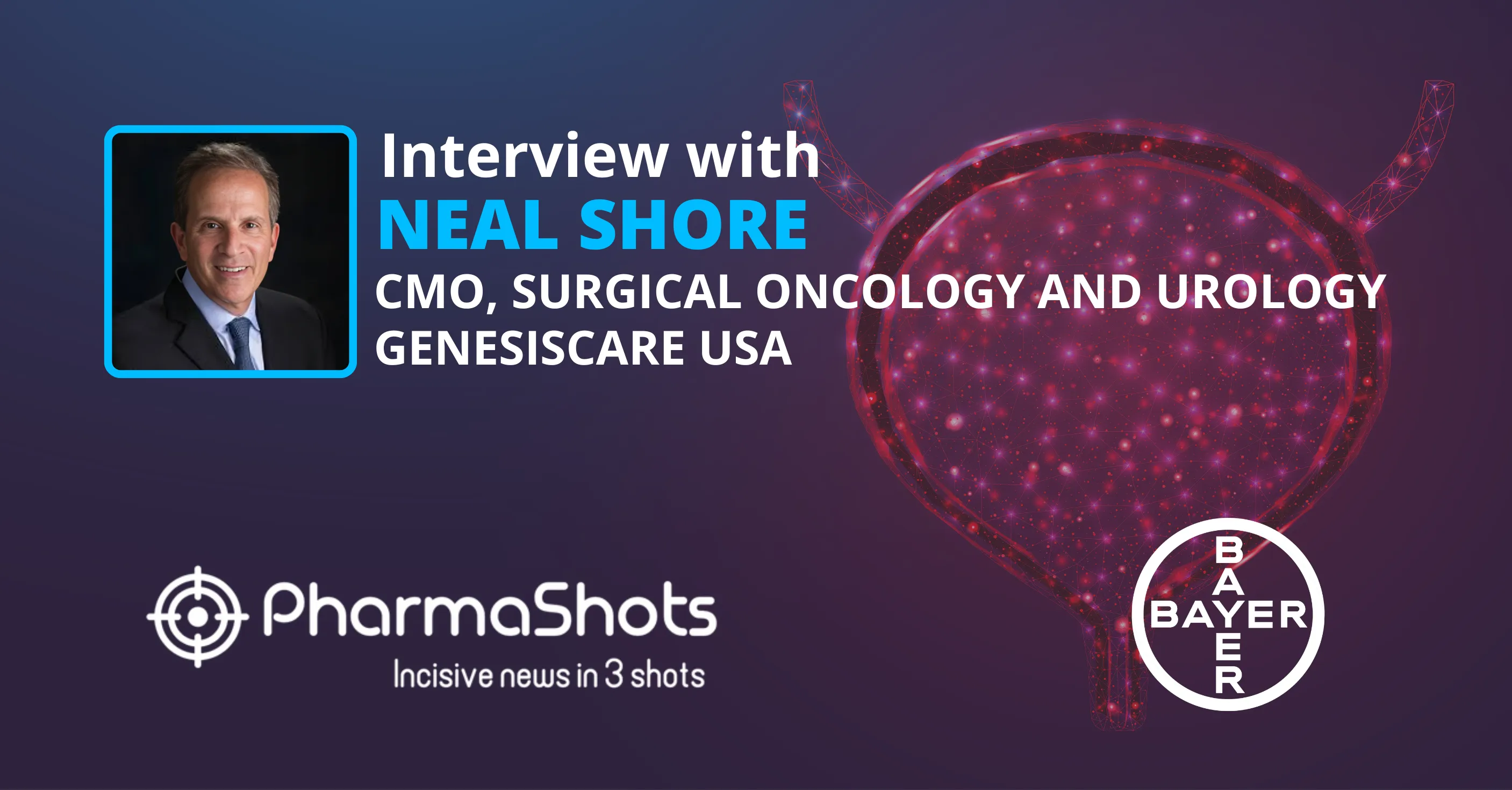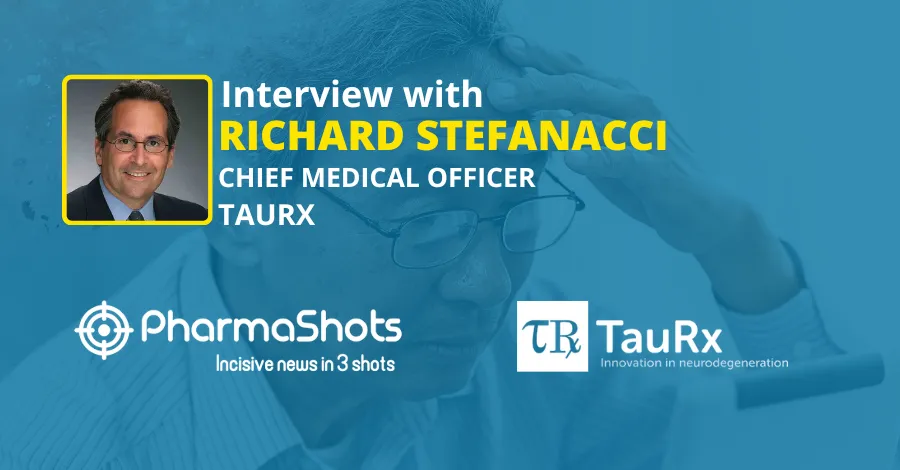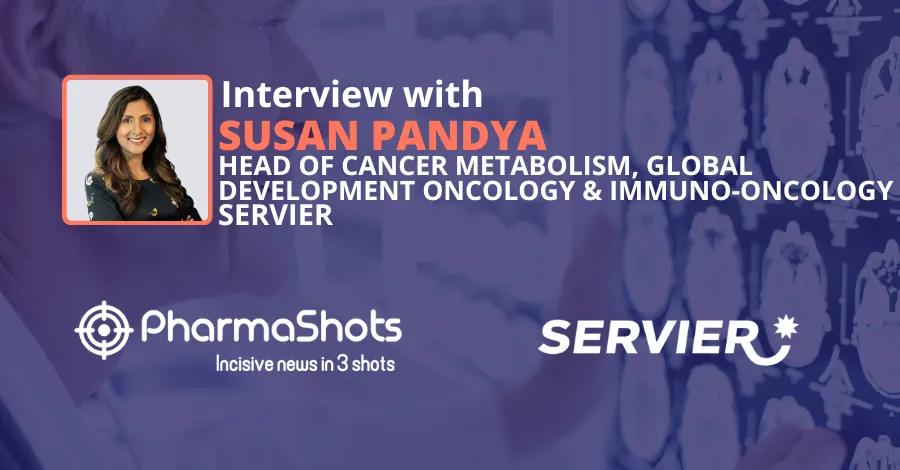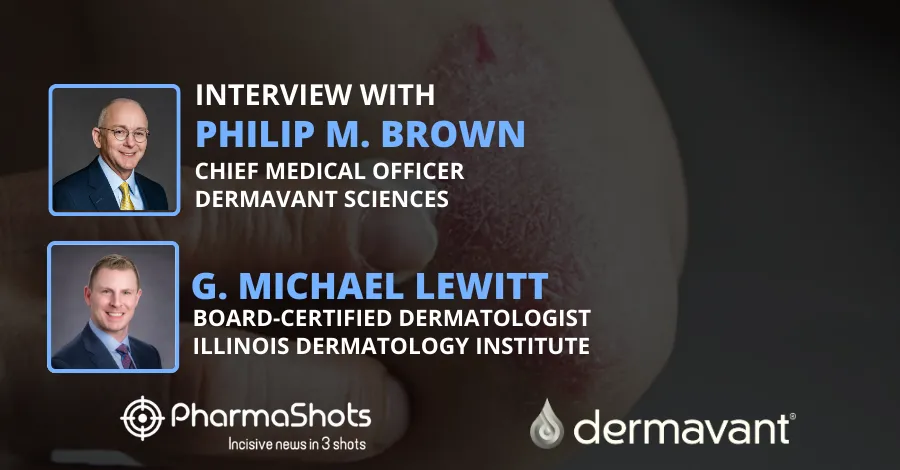
PharmaShots Interview: SalioGen Therapeutics’ Ray Tabibiazar Shares Insights on Gene Coding Platform
In an interview with PharmaShots, Ray Tabibiazar, M.D., Chief Executive Officer and Chairman, Board of Directors at SalioGen Therapeutics shares his views on the completion of $115M series B financing to advance gene coding platform for genetic diseases
Shots:
- The company has completed $115M series B financing which was co-led by GordonMD global investments and EPIQ capital group. The financing will support the R&D for the gene coding platform to treat genetic disease
- The objective is to advance the gene coding platform, expand the company’s team, establish manufacturing and automation capabilities for gene coding and boost the advancement of its preclinical programs which are initially focusing on the inherited macular disorder and inherited lipid disorders
- SalioGen’s gene coding platform is designed to turn on, turn off or modify the function of any gene in the genome & has been developed through SalioGen’s Exact DNA Integration technology
Tuba: Let’s start with SalioGen’s recent series B financing of $115 million.
Ray Tabibiazar: we recently raised over $115 million in a Series B financing, bringing us to $135 million raised in the last 12 months. Our objective for this financing was to attract sophisticated, long-term investors – both traditional institutional investors and patient-centric foundations such as the Foundation for Fighting Blindness and the Cystic Fibrosis Foundation.
Tuba: Please list the names of the investors who led this financing.
Ray Tabibiazar: The financing round was co-led by GordonMD Global Investments and EPIQ Capital Group. Additional new investors included Fidelity, T. Rowe Price Associates, D1 Capital Partners, SymBiosis, the Cystic Fibrosis Foundation, the RD Fund (the venture arm of Foundation Fighting Blindness) and others. The round also included continued support from PBM Capital, which led the company’s Series A round.
Tuba: How is this funding going to boost the company’s pipeline?
Ray Tabibiazar: Proceeds from the financing are expected to be used to continue building out the Gene Coding platform, expand the company’s team, establish manufacturing and automation capabilities critical for Gene Coding and accelerate the advancement of its preclinical programs. The platform is built on a portfolio of variations of the Saliogase enzyme, which is a mammal-derived enzyme that can integrate any size gene without causing double-stranded breaks in the genome. Once these variations of Saliogase are optimized, we plan to advance a high-velocity pipeline where we can scale up our technology in parallel with multiple therapeutic programs in development.
Tuba: Please tell our readers about SalioGen’s Gene Coding platform.
Ray Tabibiazar: Gene Coding is a new category of genetic medicine, which by adding a new genetic code in the genome is designed to turn on, turn off or modify the function of any gene. Our Gene Coding-based therapy consists of lipid nanoparticles encapsulating the DNA sequence of interest for a particular genetic disease and mRNA encoding for Saliogase, our proprietary mammal-derived enzyme.
Once the therapy is administered and is inside the cell, the mRNA encoding Saliogase is transiently expressed as an enzyme that integrates the DNA sequence of interest into the genome at a precise, pre-defined location. Based on this mechanism of action, Gene Coding can insert any ‘healthy’ genetic code into the genome, to address inherited disorders, regardless of whether a given disorder is caused by a single mutation, by any of several possible mutations along the length of a gene, or even by multiple mutations at the same time.
Saliogase and its variations form the cornerstone of the Gene Coding platform. Acknowledging the potential shortcomings of current technologies, our team was searching for a naturally occurring genome engineering ‘tool’ that the mammalian genome had used throughout its evolution to successfully move large pieces of DNA without causing damage to the genome.
Tuba: What is EDIT technology, and how does it work?
Ray Tabibiazar: EDIT is SalioGen’s Exact DNA Integration Technology, the platform that enables Gene Coding. It is the mechanism by which Saliogase can seamlessly insert new DNA code of any size or length into precise and defined locations in the recipient’s genome.
Tuba: Do you feel that there is any competition in this field? If yes, then how SalioGen’s Gene Coding platform will distinguish itself?
Ray Tabibiazar: To our knowledge, SalioGen is the only company developing mammal-derived genome engineering technology.
Aside from its advantage of being an integrative technology where we can pursue a one-time approach to treating inherited disorders, there are potential benefits of using Saliogase. First, as a non-viral approach, we don’t anticipate that Gene Coding-based therapies would cause dangerous immune responses as can be observed with viral vector-based gene therapies. Second, leveraging the inherent function of Saliogase, our Gene Coding technology may be able to address any inherited disorder regardless of the length of the gene sequence that causes the disorder—potentially even if there are multiple genes involved. Another feature of Gene Coding is Saliogase’s novel mechanism of action, which doesn’t cause any double-stranded DNA breaks in the recipient’s genome when it inserts new genetic code. This can prevent triggering error-prone endogenous DNA repair mechanisms that could otherwise cause unwanted effects. Finally, Gene Coding’s physical components are simple and cost-efficient, so the technology can be scaled up quickly for many target indications in parallel and can be manufactured at scales large enough for prevalent diseases with large patient populations.
Tuba: Can you give us a glimpse of SalioGen’s preclinical programs?
Ray Tabibiazar: We aim to develop genetic medicines for the treatment of a broad range of inherited disorders, as our technology is applicable to virtually any disorder with a genetic basis. Currently, we have several preclinical programs in our pipeline, with the initial focus on diseases of the liver, the eye, and the lung. First and foremost, we’re taking the approach of choosing target indications based on patients’ clinical needs, so we aim to advance our earliest programs for inherited diseases with significant unmet clinical needs where other genetic medicine approaches have not yet been able to address.
Source: Pixabay

About Author: Ray Tabibiazar is the Chief Executive Officer, Chairman & Board of Directors at SalioGen Therapeutics. He was a practicing cardiologist and an adjunct faculty member at Stanford University, having trained as a physician-scientist at Harvard Medical School and a cardiologist at Stanford Medical Center. Ray graduated with his medical degree from Harvard Medical School.
Related Post: PharmaShots Interview: Clario’s Joyce Suhy Shares Insights on PET Imaging Clinical Trials
Tags

This content piece was prepared by our former Senior Editor. She had expertise in life science research and was an avid reader. For any query reach out to us at connect@pharmashots.com













